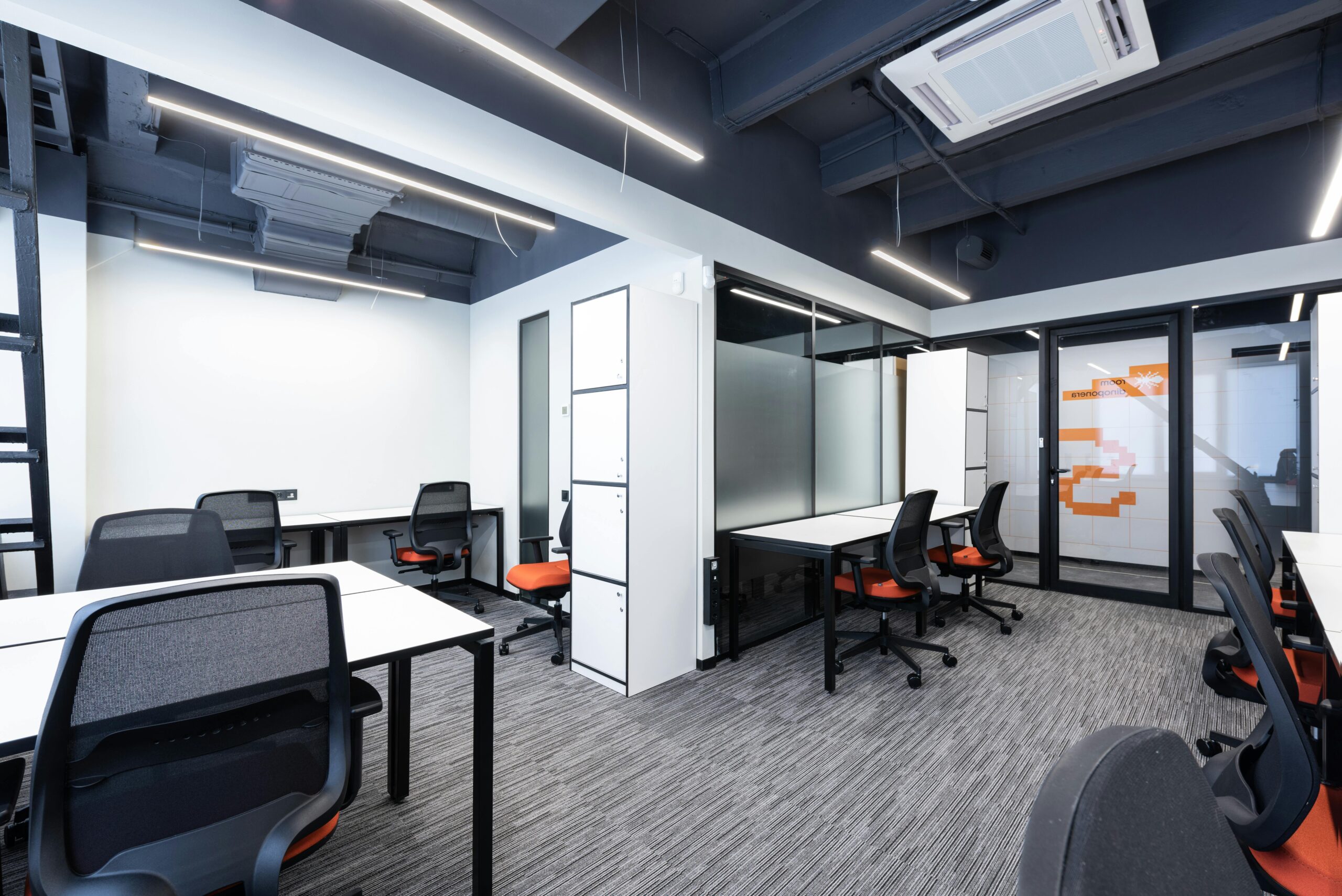
Air Pollution: A Crisis for Our Children
13 September 2023
Air pollution is a crisis for our children, causing a number of health problems, including asthma, respiratory infections, and cancer. Exposure to air pollution during pregnancy can also increase the risk of preterm birth, birth defects, and neurodevelopmental disorders.
The problem of air pollution is getting worse. In recent years, air pollution levels have been increasing in many parts of the world. This is due to a number of factors, including the growing use of fossil fuels, the increasing number of vehicles on the road, and deforestation.
Air pollution and our health
Here are some additional facts about air pollution:
• Air pollution is the fourth leading cause of death globally, killing an estimated 7 million people each year.
• Children are more vulnerable to the effects of air pollution than adults.
• Air pollution can cause a number of health problems, including asthma, respiratory infections, cancer, heart disease, and stroke.
• Air pollution can also affect cognitive development and learning.
A crisis for our children: The Evidence
- Environmental Health Perspectives – 2019 – found that exposure to air pollution during pregnancy was associated with an increased risk of preterm birth. The study looked at data from over 1 million births in the United States and found that women who lived in areas with the highest levels of air pollution were 17% more likely to give birth preterm than women who lived in areas with the lowest levels of air pollution.
- Nature – 2020 – found that exposure to air pollution during pregnancy was associated with an increased risk of birth defects. The study looked at data from over 100,000 births in China and found that women who lived in areas with the highest levels of air pollution were 16% more likely to have a baby with a birth defect than women who lived in areas with the lowest levels of air pollution.
- JAMA Pediatrics – 2021 – found that exposure to air pollution during pregnancy was associated with an increased risk of childhood asthma. The study looked at data from over 1 million births in the United States and found that children who were exposed to air pollution during pregnancy were 22% more likely to develop asthma by the age of 10 than children who were not exposed to air pollution.
- Environmental Research – 2022 – found that exposure to air pollution during pregnancy was associated with an increased risk of childhood obesity. The study looked at data from over 1 million births in the United States and found that children who were exposed to air pollution during pregnancy were 15% more likely to be obese by the age of 5 than children who were not exposed to air pollution.
- Nature Communications – 2022 – found that exposure to air pollution during pregnancy was associated with an increased risk of neurodevelopmental disorders. The study looked at data from over 1 million births in the United States and found that children who were exposed to air pollution during pregnancy were 12% more likely to have a neurodevelopmental disorder such as autism or ADHD than children who were not exposed to air pollution.
Indoor air pollution and children’s health
Children are exposed to indoor air pollution, which is often as harmful as the outdoor air. Sources of pollution inside our homes include:
• Heating with wood: Burning wood releases pollutants into the air, such as nitrogen dioxide and particulate matter.
• Secondhand smoke: Secondhand smoke is a major source of indoor air pollution. It contains harmful chemicals that can damage the lungs and respiratory system.
• Mold and mildew: Mold and mildew can grow in damp areas, such as bathrooms and basements. They release spores into the air that can cause allergies and respiratory problems.
• Pet dander: Pet dander is a common indoor allergen. It can trigger asthma attacks and other respiratory problems.
• Chemicals and pollutants from cleaning products, furniture, and other household items: Many household products contain chemicals that can pollute the air. These chemicals can cause a variety of health problems, including respiratory problems, allergies, and cancer.
Urgent action for our children
We are at a crisis point for air pollution. We need to take urgent action to reduce air pollution levels and protect the health of our children. We need to:
• Drive less and walk, bike, or take public transportation more often.
• Use public transportation or rideshare instead of driving alone.
• Avoid using gas-powered lawnmowers and leaf blowers.
• Plant trees and other vegetation.
• Support policies that promote clean energy and reduce emissions.
• Air purification systems should be used inside in public buildings such as schools or sports centres, and our homes.
Our range of air purifiers are suitable for use during pregnancy and areas where children spend time, including bedrooms. Shop the range here.
Latest News

Rising Heatwaves, Rising Pollution: Why Your Air Matters More Than Ever
As rising heatwaves sweep across the globe with increasing frequency, as we are currently experiencing in the UK,…
Healthy Air Technology launches HA200 Fresh: A powerful, wall-mounted air purifier for homes and businesses
Healthy Air Technology is proud to announce the launch of the HA200 Fresh, a sleek and powerful wall-mounted…

Integrating Air Purification with HVAC: A Vital Step Towards Net-Zero and Healthier Building
Since the launch of the pilot Standard at the end of 2024, all eyes are on trying to…

